Cats, enigmatic and elegant, have captivated human hearts for millennia. A significant aspect of their allure lies in their sophisticated sensory systems, especially their sense of touch. This post delves into the intricacies of feline touch, exploring how cats perceive the world through their tactile senses and the textures they favor.
How Do Cats Feel Touch?
Cats experience touch through an intricate network of nerves and sensitive organs. Their entire body, from the tips of their whiskers to the pads of their paws, is equipped to detect the slightest pressure or change in the environment. Whiskers, or vibrissae, play a crucial role in this sensory system. These highly sensitive hairs can detect minor changes in air currents, aiding cats in navigating tight spaces and during nocturnal hunts. Furthermore, the pads of their paws contain nerve receptors that allow them to sense vibrations, textures, and temperatures, making them adept at assessing their surroundings.
A Cat's Strongest Sense
While a cat's sense of hearing and sight are exceptional, their sense of touch is arguably their most acute and vital sensory modality. This sense is crucial for survival, enabling them to detect prey, sense danger, and navigate their environment with precision. Their tactile sensitivity is so refined that they can detect minute changes in their surroundings, essential for a predator that relies on stealth and agility.
Sensitivity to Touch
Cats have an extraordinary sensitivity to touch, which can be attributed to the high concentration of nerve receptors in their skin, particularly in areas like their face, paws, and the base of their whiskers. This sensitivity allows them to detect even the faintest touch, making them highly responsive to petting and grooming. However, this heightened sensitivity also means that cats can be easily overstimulated, leading them to react negatively to excessive or rough handling.
A Cat's Favorite Spot to Be Petted
The question of a cat's favorite spot to be petted can vary from one feline to another, as each cat has its unique preferences and personality. Generally, most cats enjoy being stroked along the cheeks, under the chin, and at the base of their ears. These areas have a high concentration of scent glands, and petting them allows cats to mark their human companions with their scent. However, areas such as the belly and the base of the tail can be sensitive for some cats, and they might react defensively if touched there.
Textures Cats Love
Cats are known for their particular fondness for certain textures. Soft, plush surfaces like blankets, cushions, and carpeted areas are often preferred for lounging and sleeping. These textures provide comfort and warmth, essential for a creature that spends a significant portion of its day resting. On the other hand, cats also enjoy scratching rough surfaces like sisal rope or corrugated cardboard, which help them maintain their claw health and mark their territory.
Conclusion
Understanding a cat's sense of touch and their preferred textures enhances the bond between felines and their human companions. By recognizing their tactile needs and respecting their boundaries, we can create a more harmonious and affectionate relationship with these fascinating creatures. Cats, with their intricate sensory world, remind us of the marvels of nature and the nuanced ways in which different species perceive their environment.

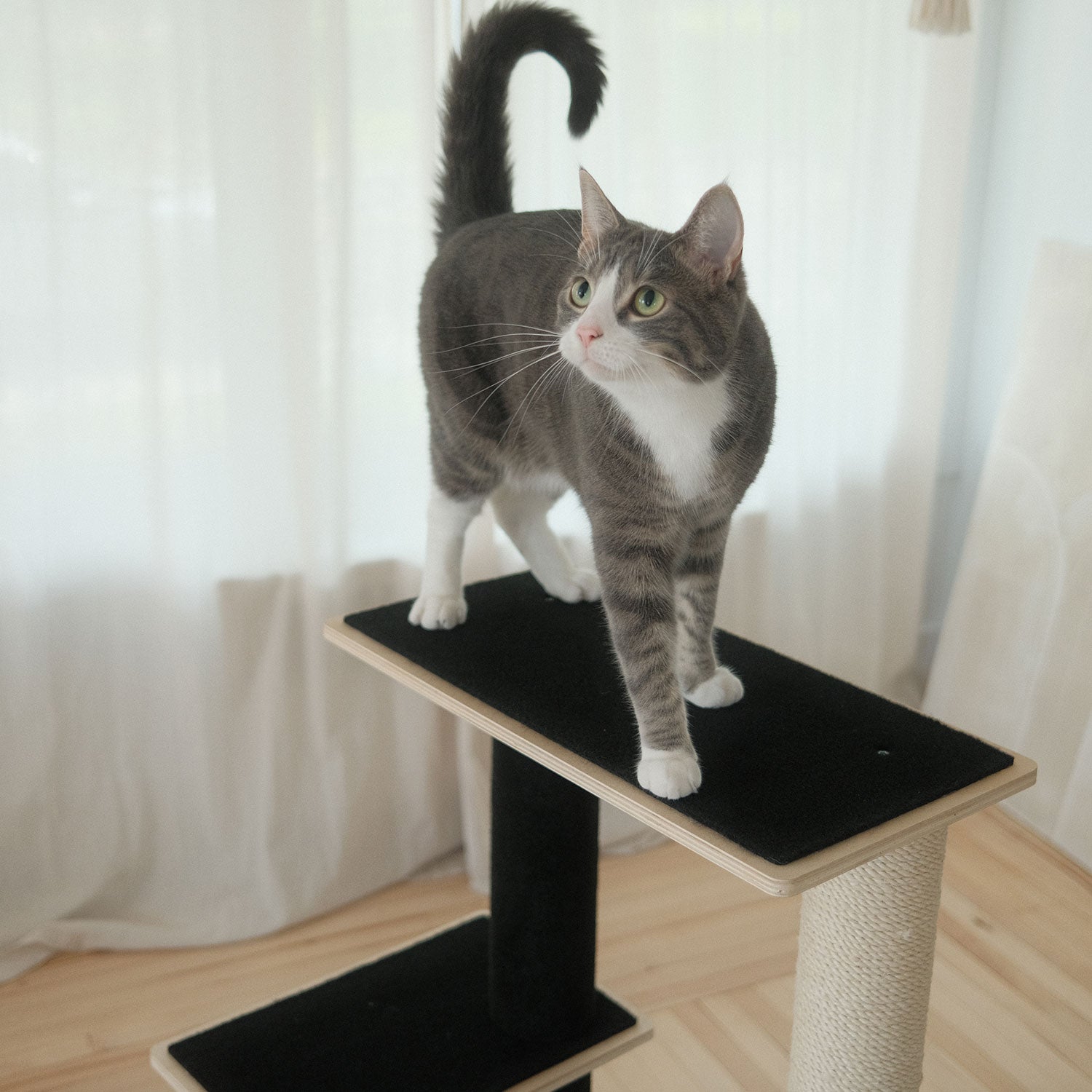
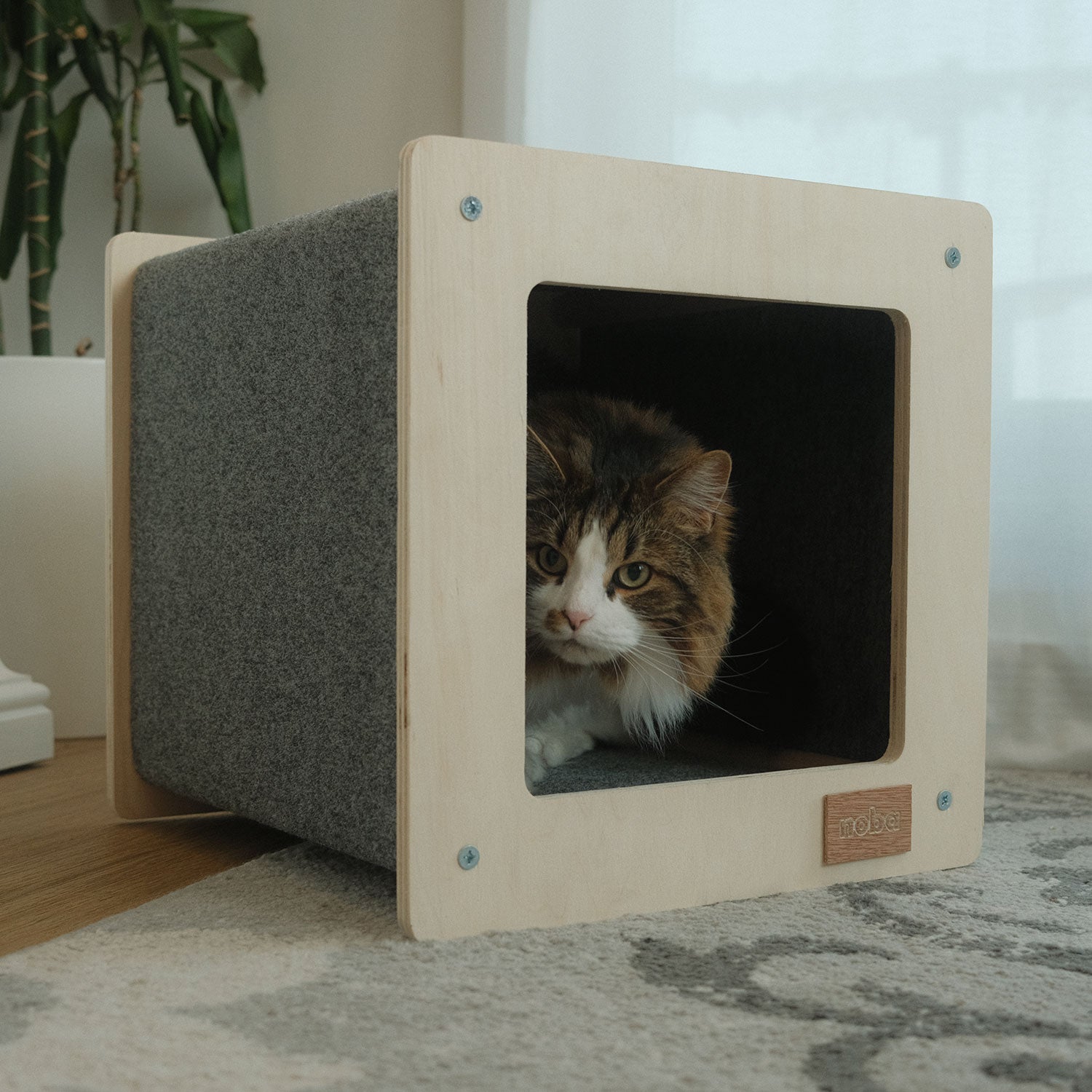


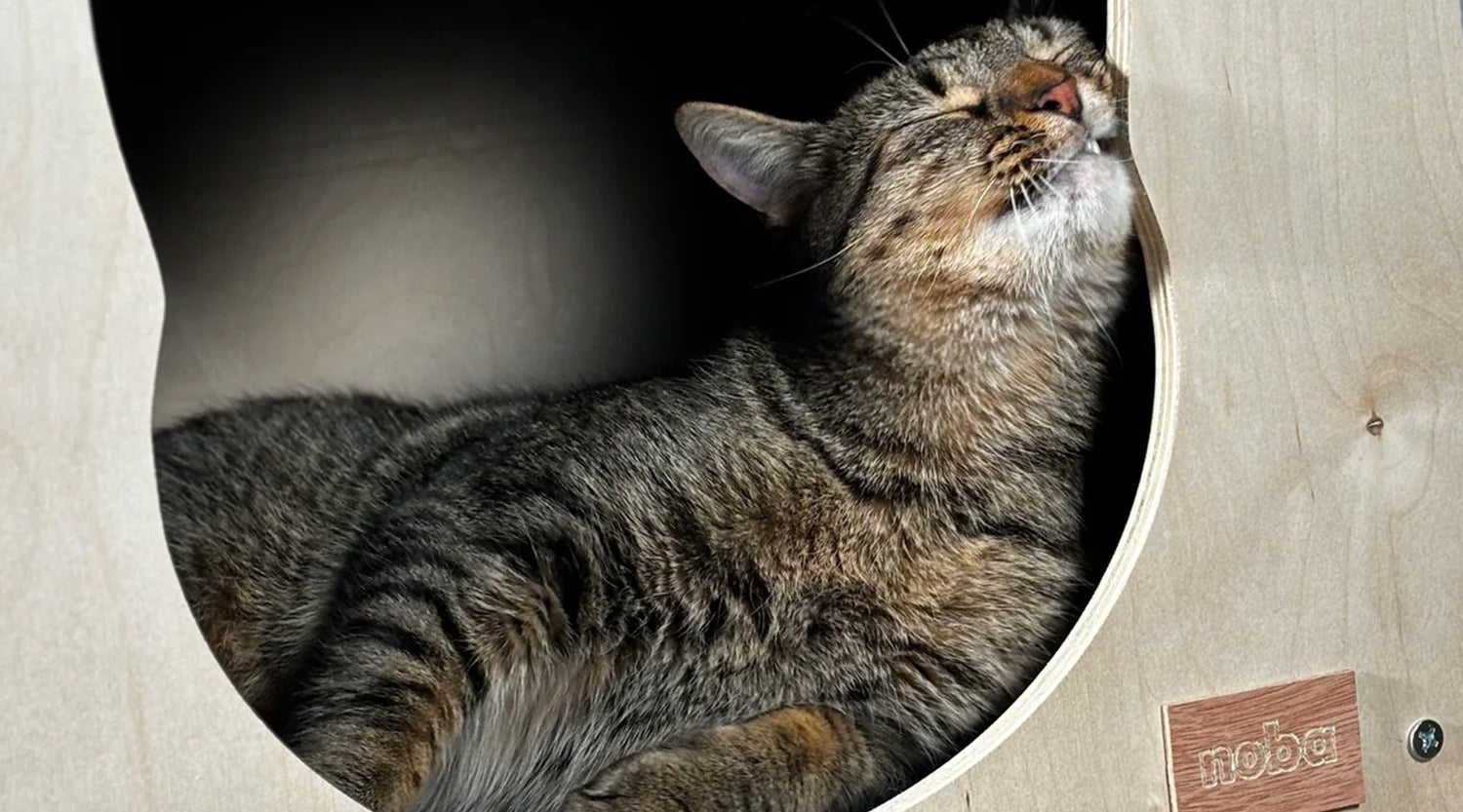
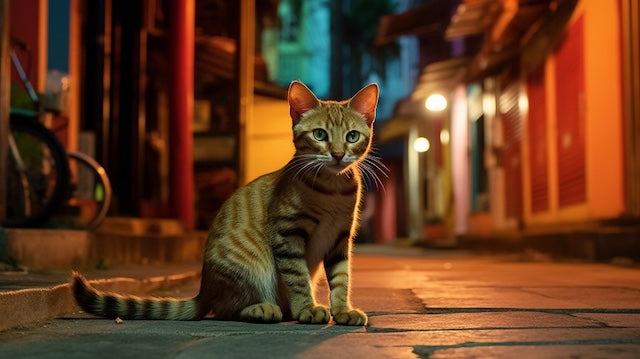
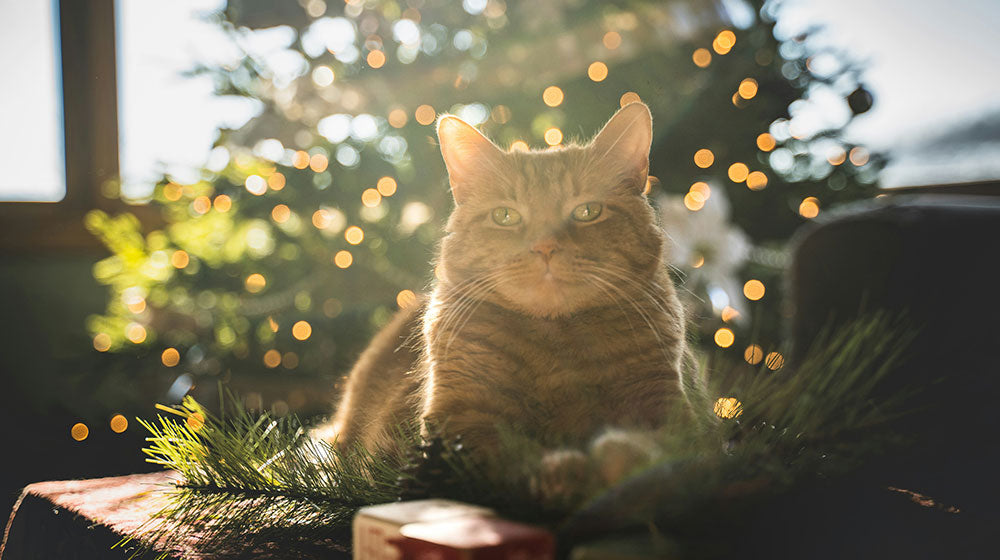
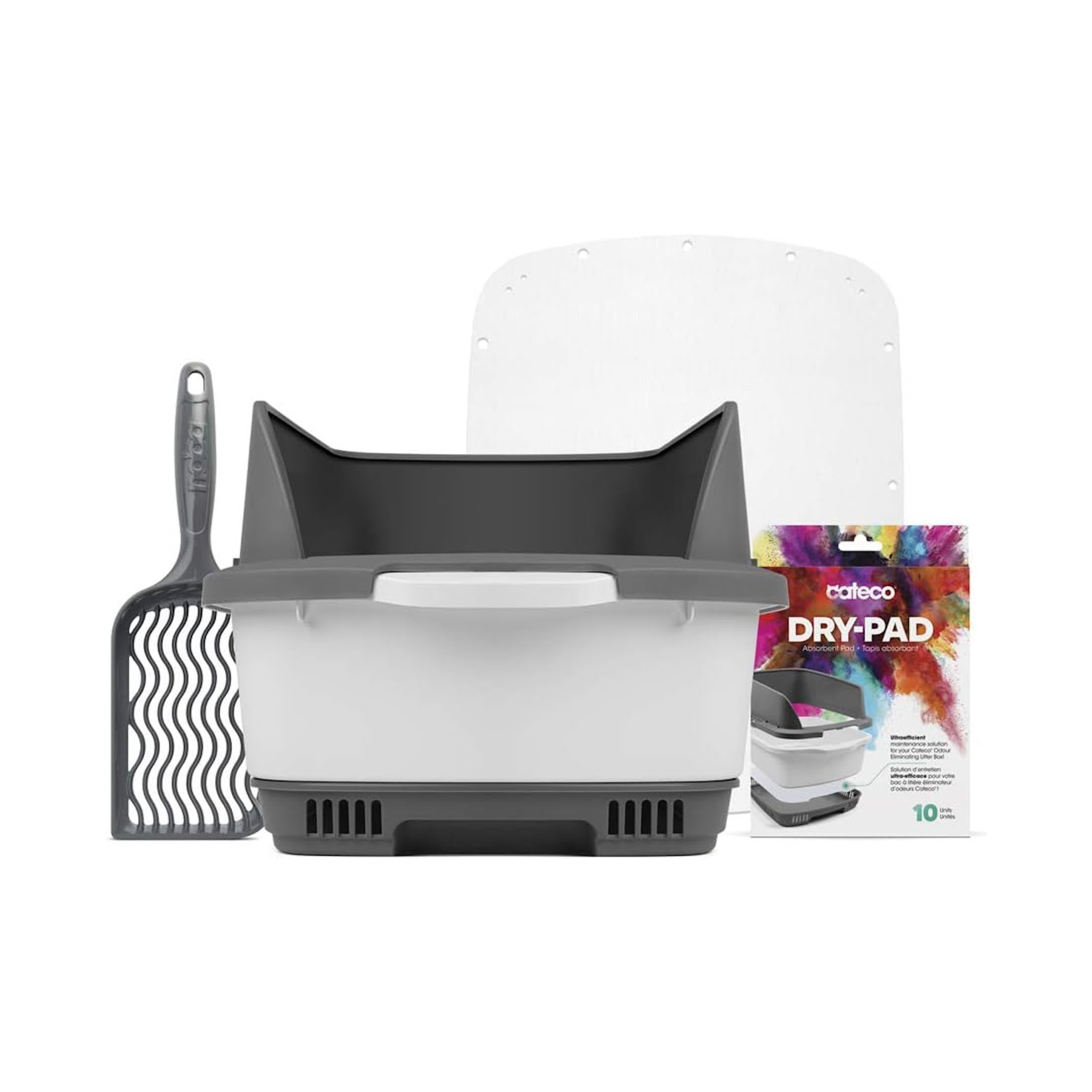

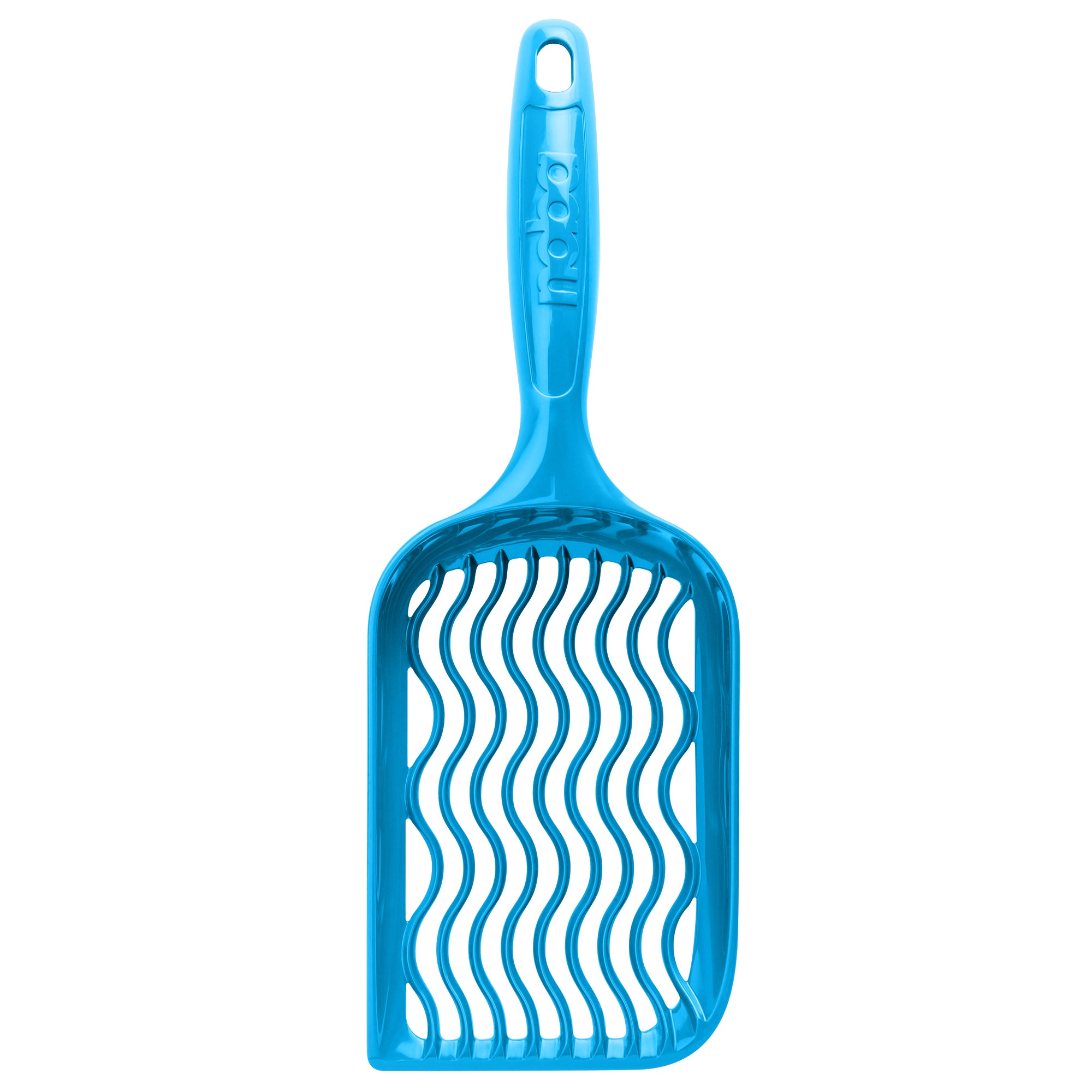
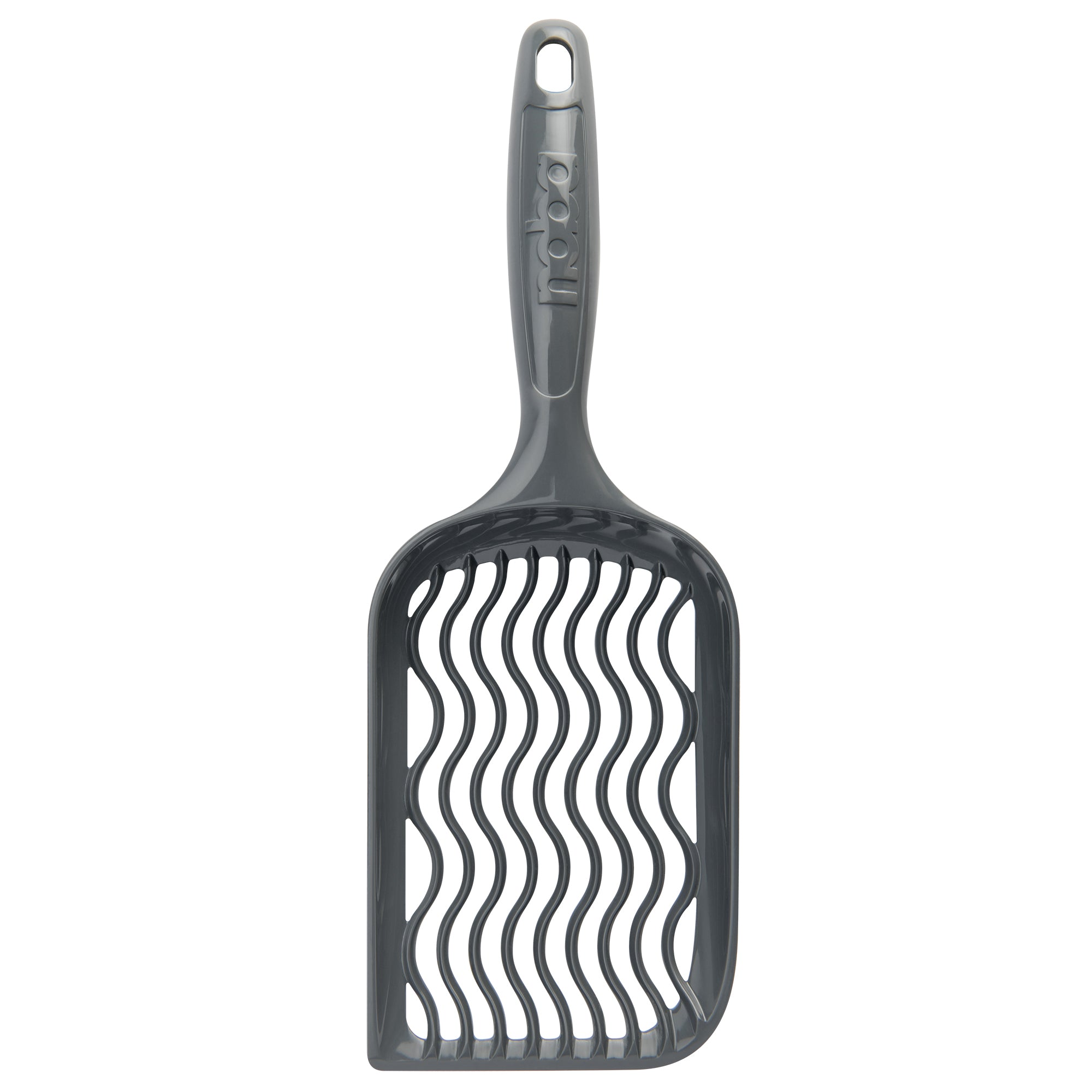
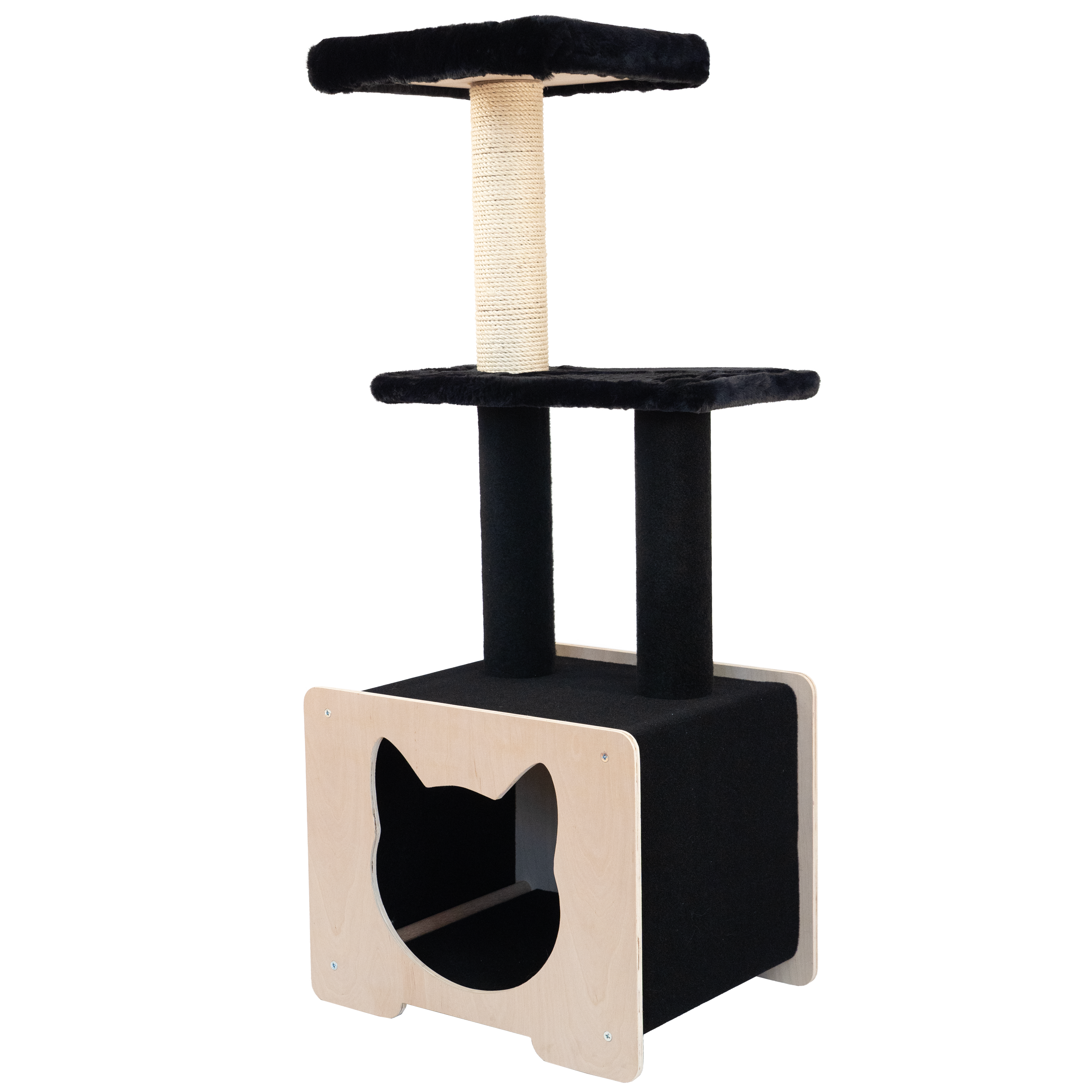
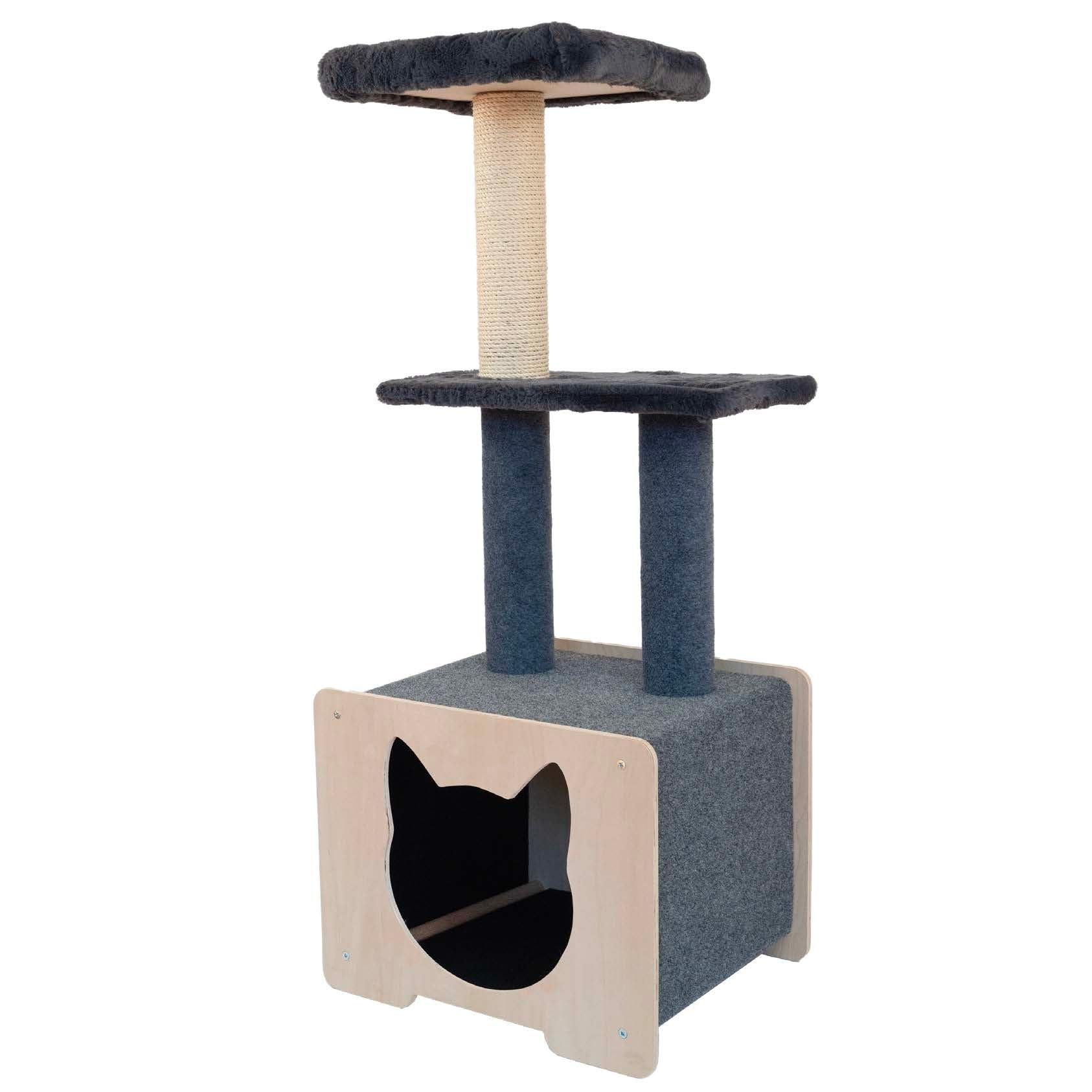
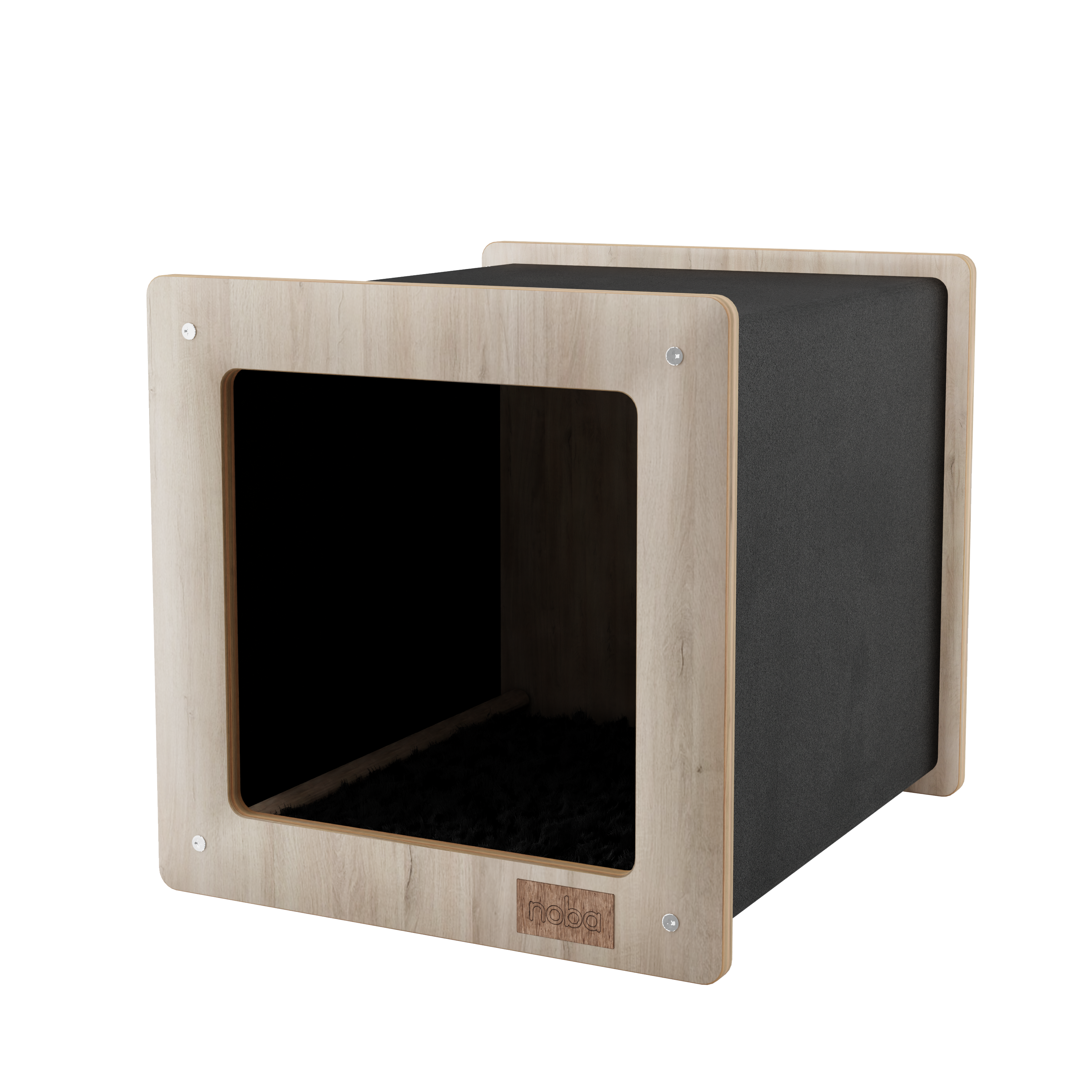
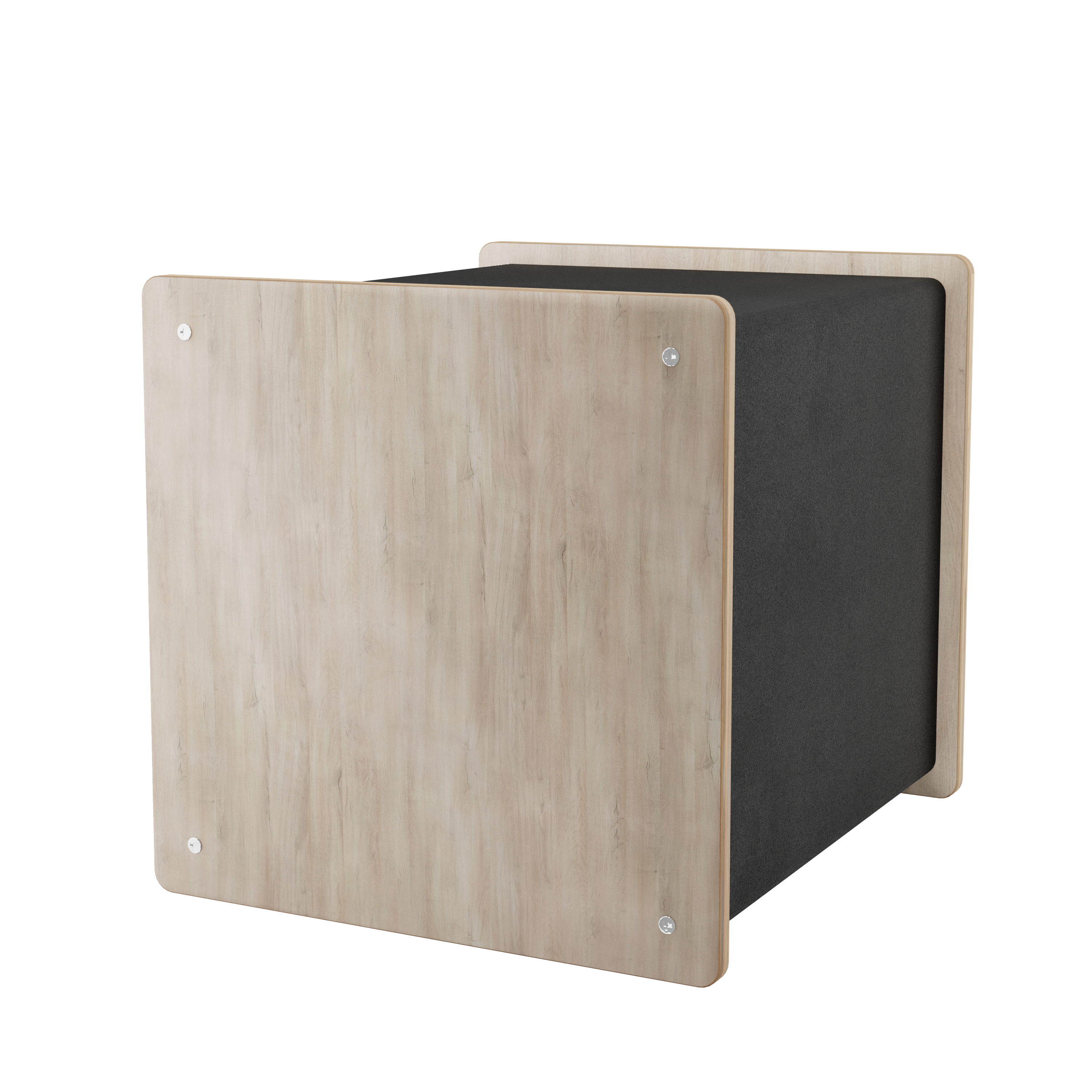
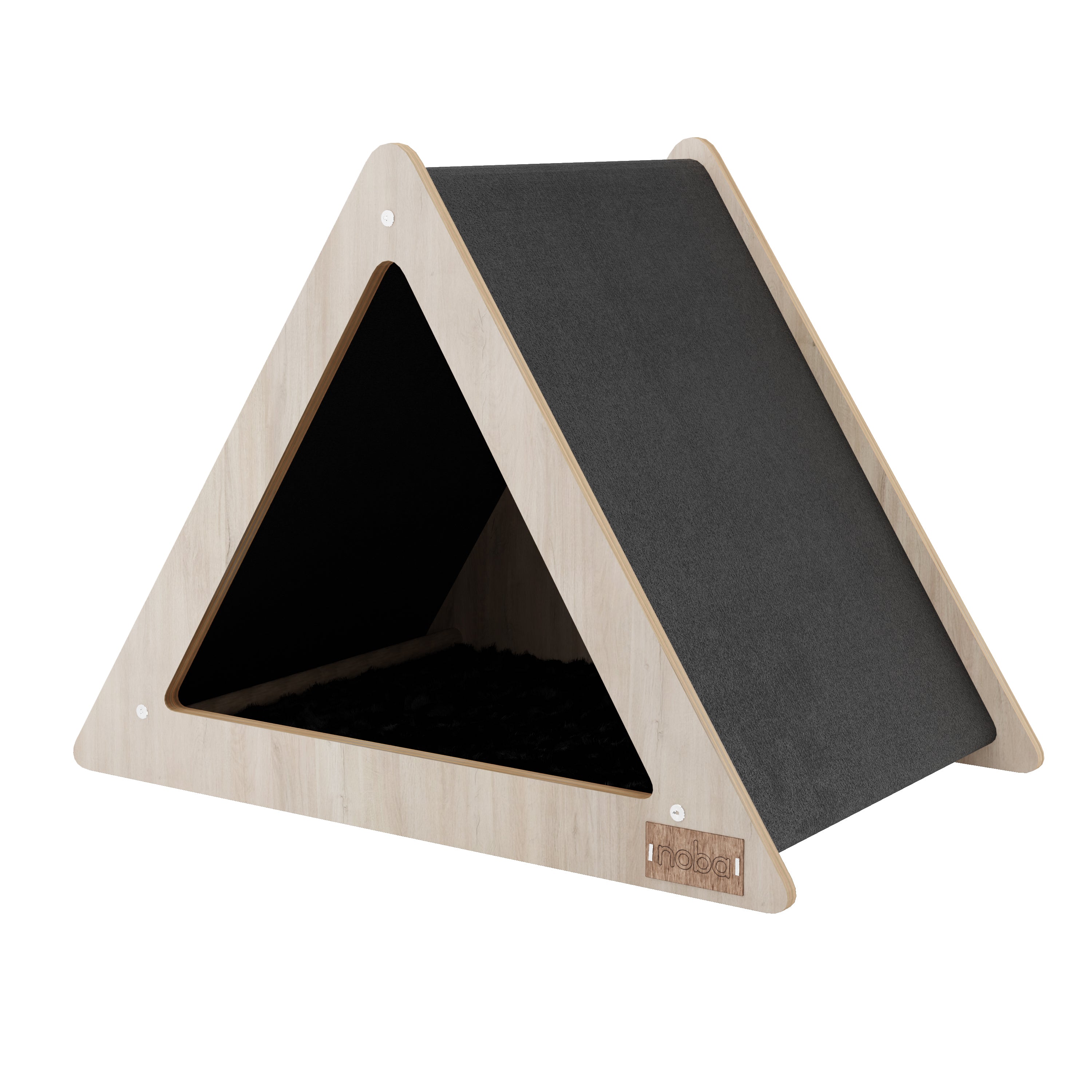
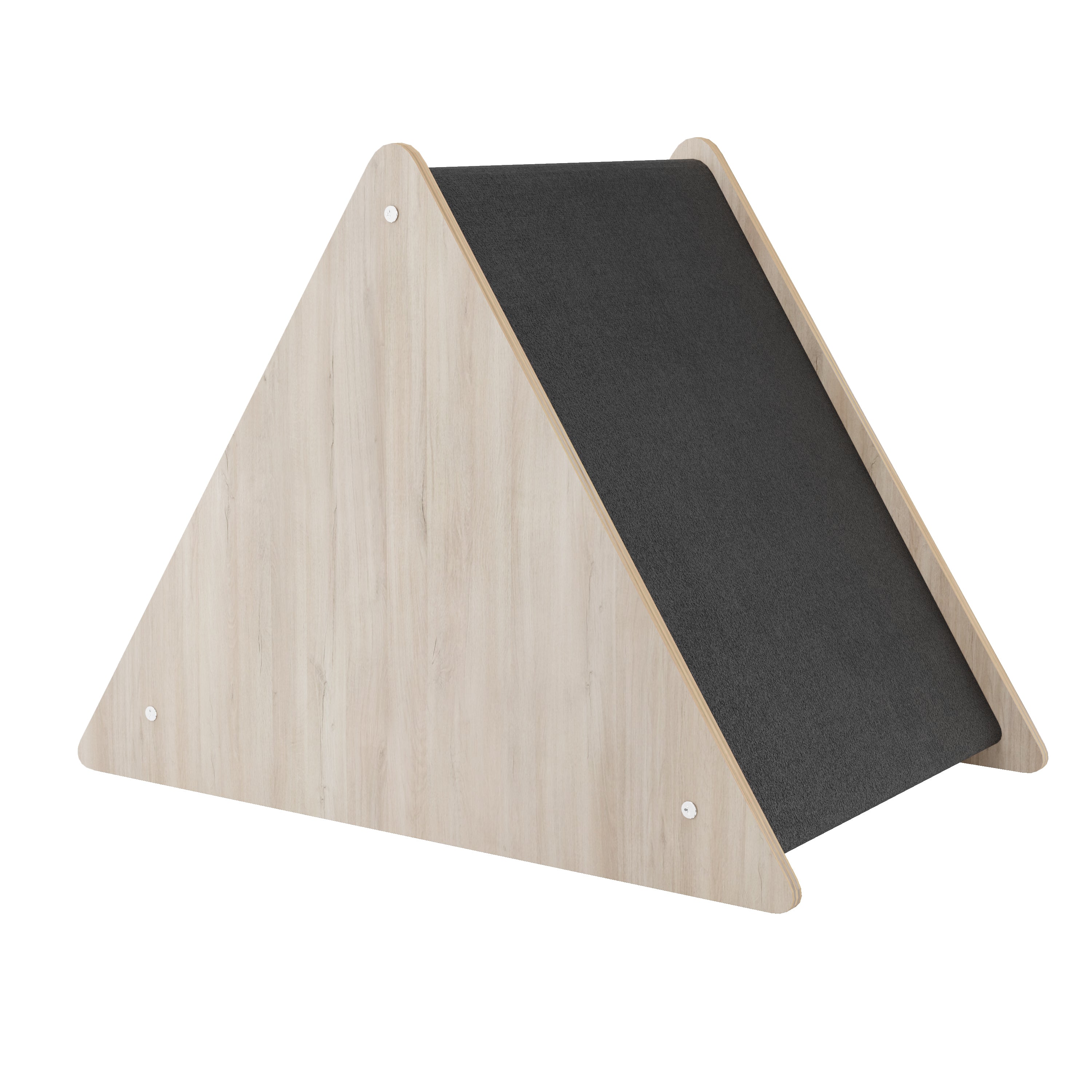

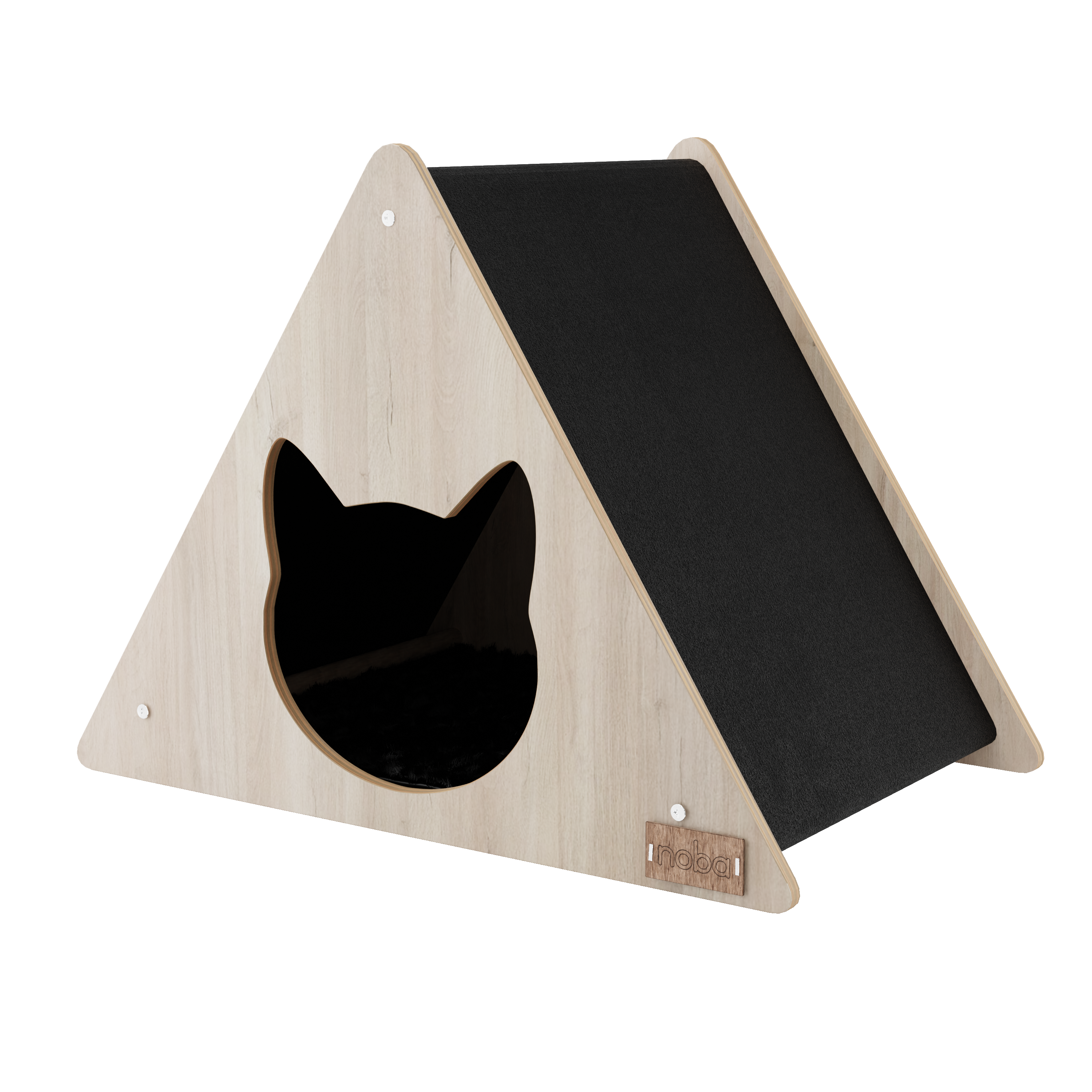
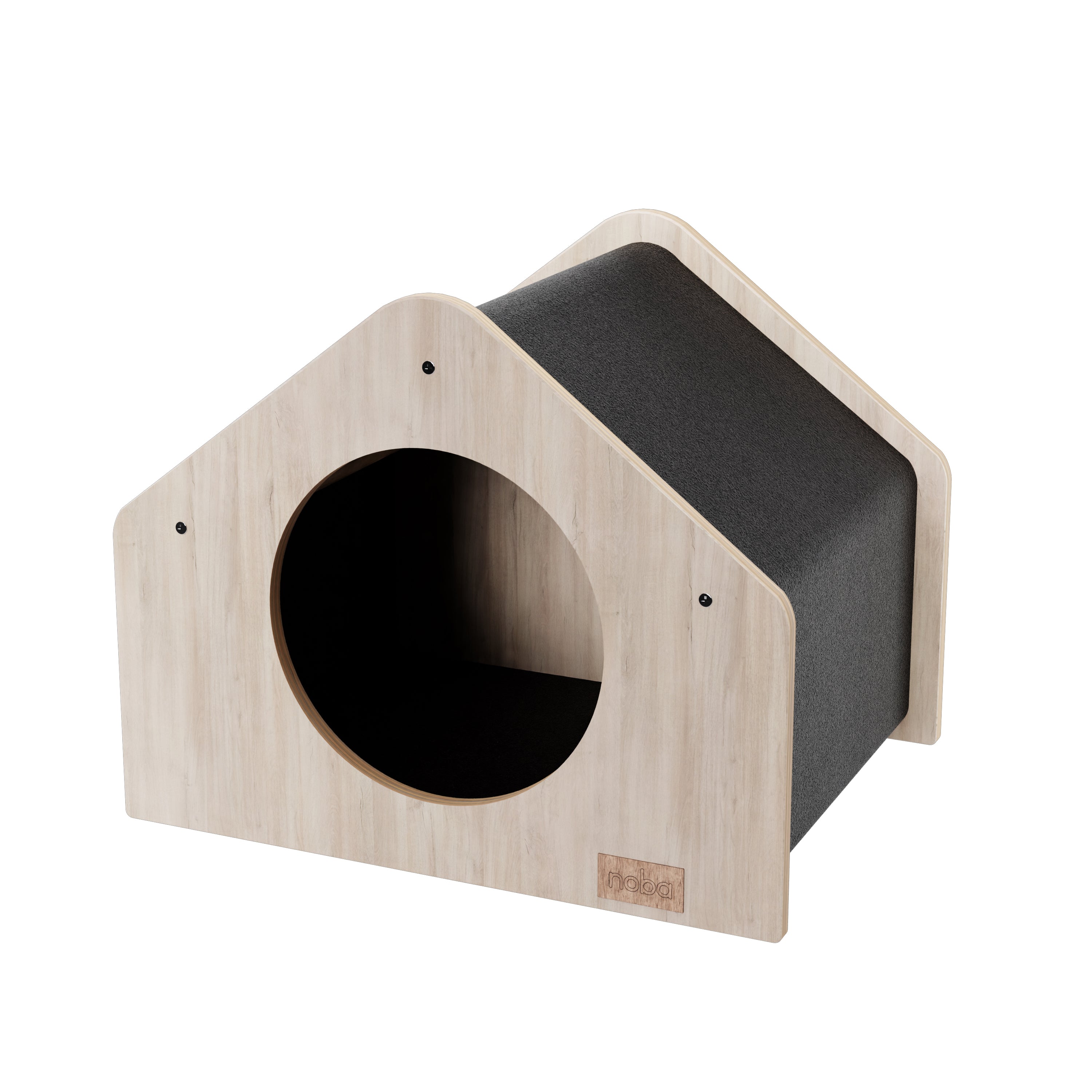
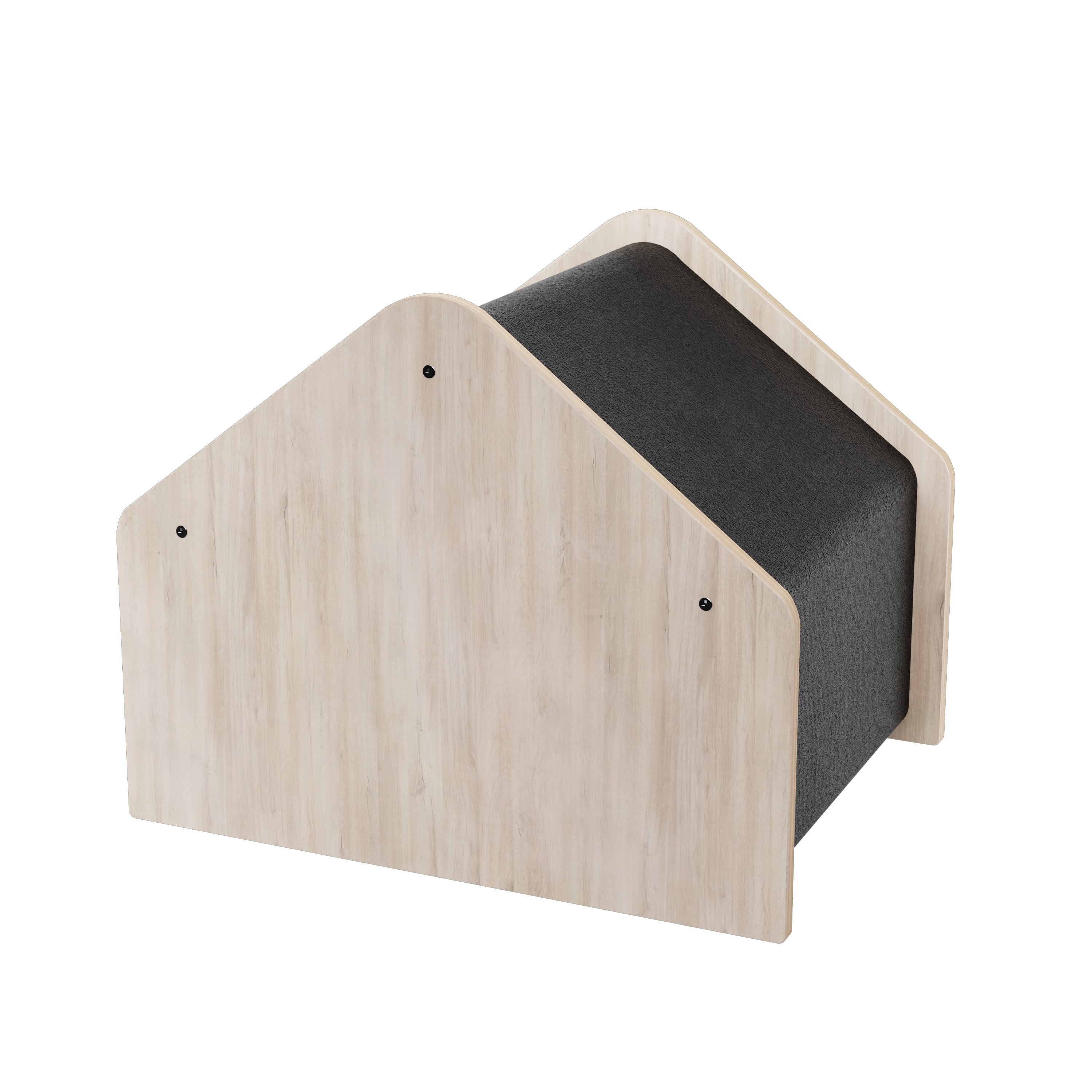
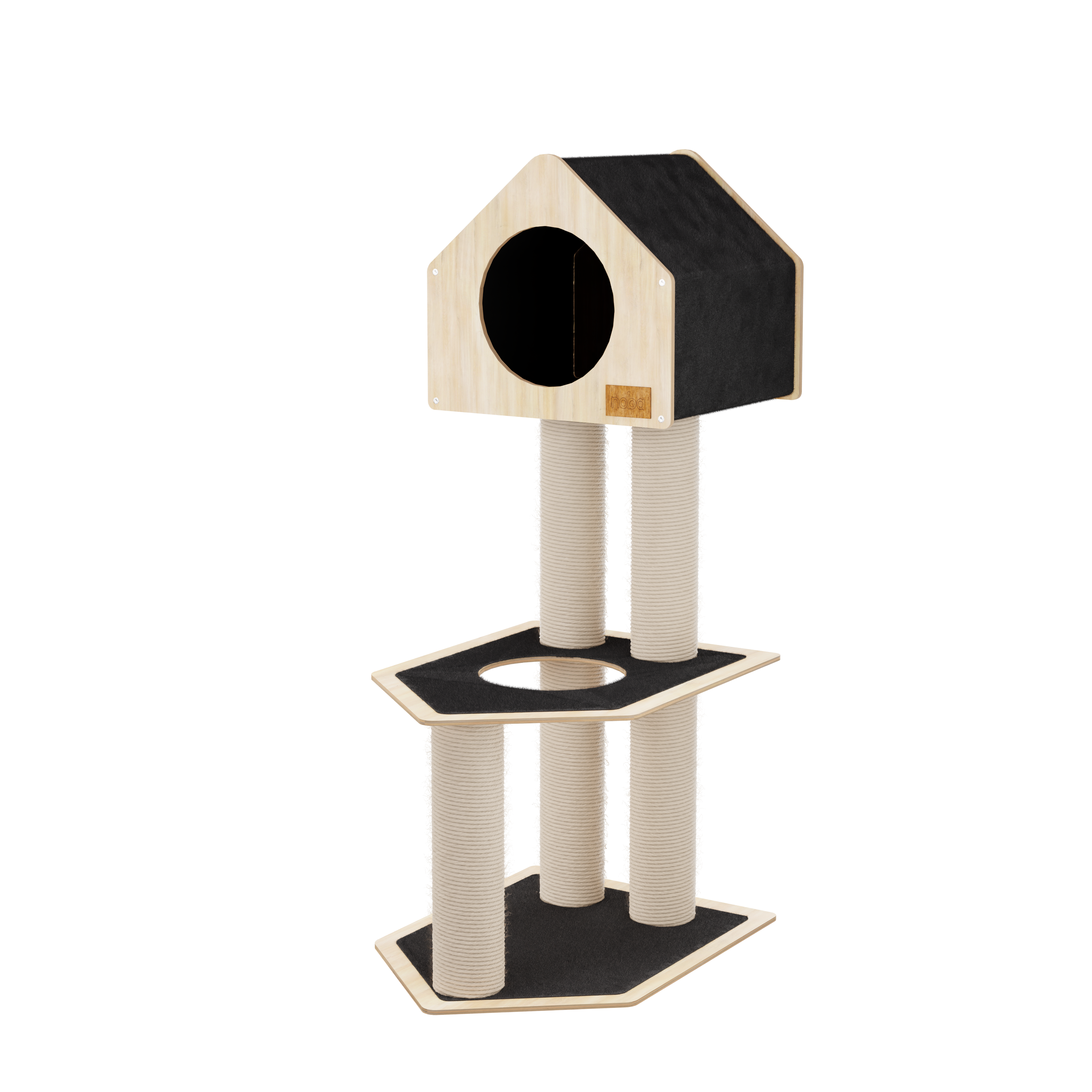

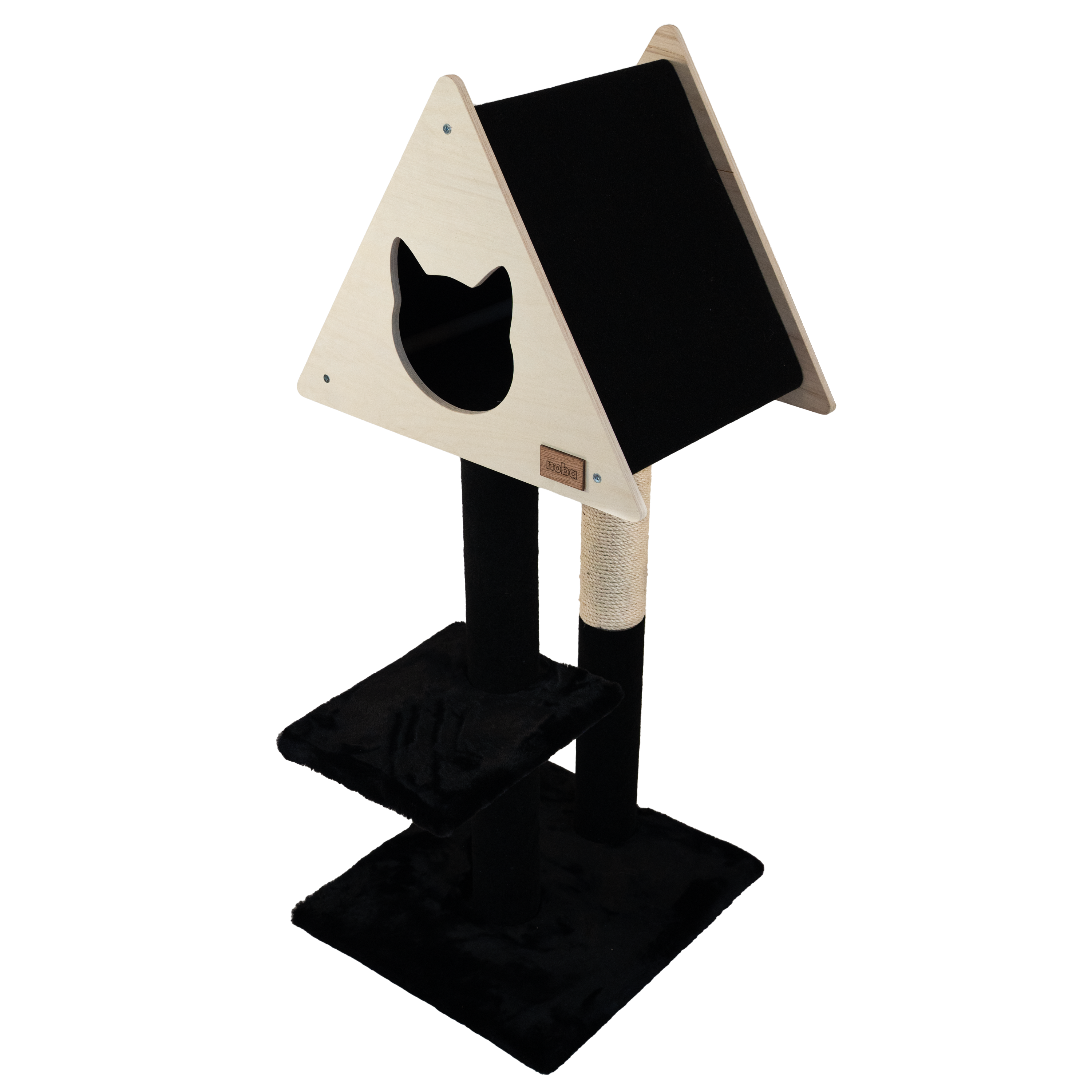
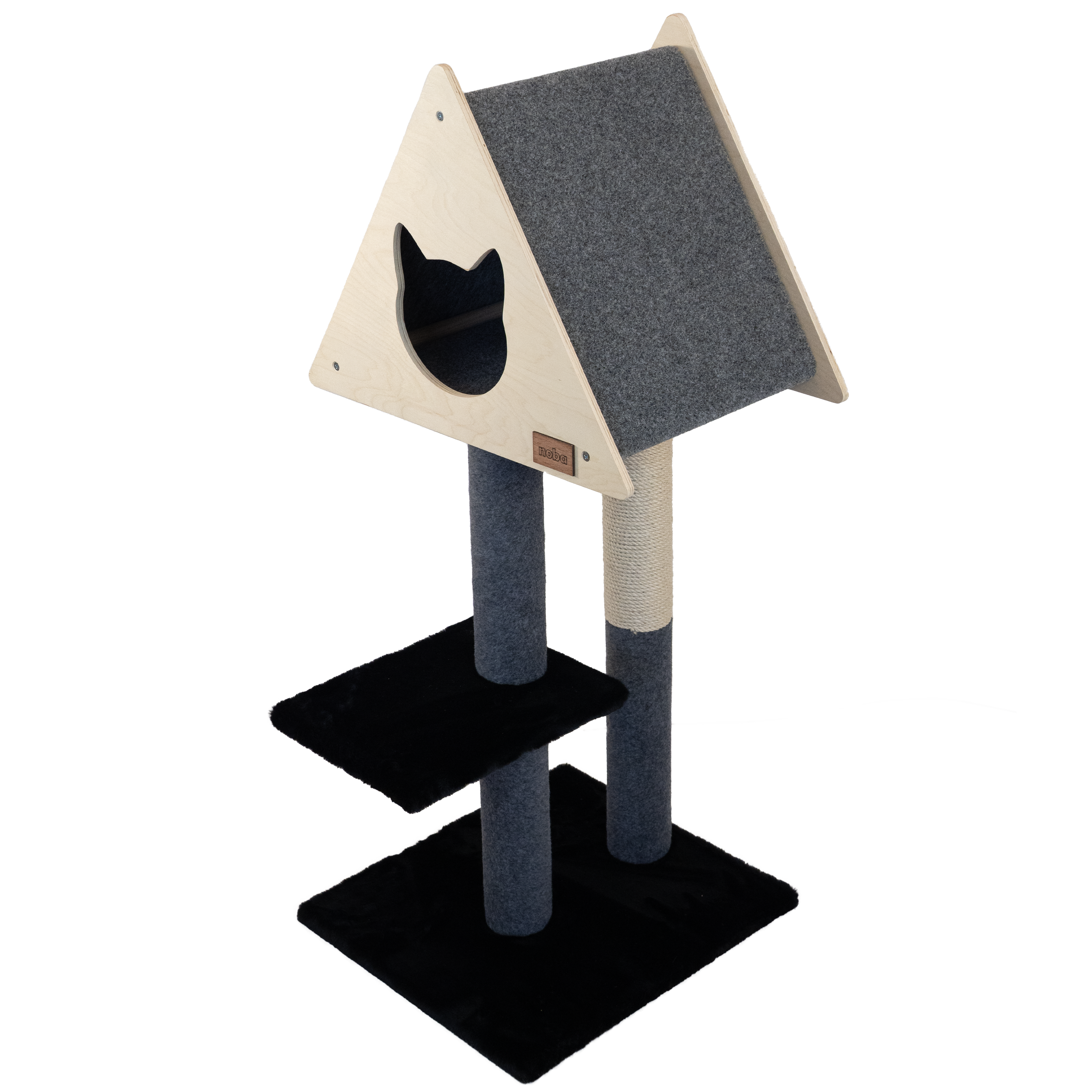
Leave a comment
All comments are moderated before being published.
This site is protected by hCaptcha and the hCaptcha Privacy Policy and Terms of Service apply.